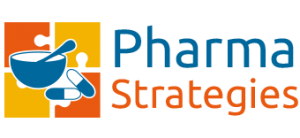One of the biggest game-changing advancements in cancer care came about 20 years ago when researchers learned that they could create medicines that selectively jam up cancer’s growth machinery without damaging the rest of the body. Today these medicines, called targeted therapies, are available for treating many forms of cancer.
Targeted therapies took center stage when Alice Shaw started her career as a physician-scientist caring for patients with lung cancer. Now, as Global Head of Translational Clinical Oncology at the Novartis Institutes for BioMedical Research (NIBR), Shaw aims …
